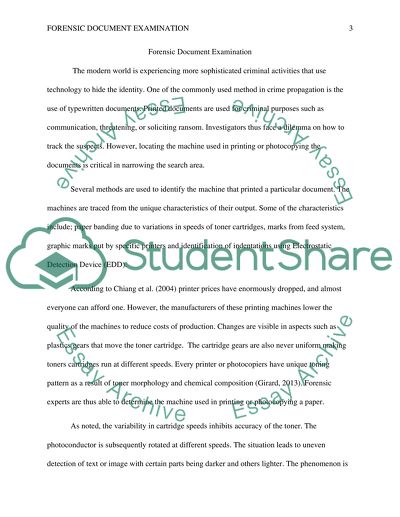Cite this document
(“Forensic Essay Example | Topics and Well Written Essays - 1000 words”, n.d.)
Retrieved from https://studentshare.org/miscellaneous/1679086-forensic
Retrieved from https://studentshare.org/miscellaneous/1679086-forensic
(Forensic Essay Example | Topics and Well Written Essays - 1000 Words)
https://studentshare.org/miscellaneous/1679086-forensic.
https://studentshare.org/miscellaneous/1679086-forensic.
“Forensic Essay Example | Topics and Well Written Essays - 1000 Words”, n.d. https://studentshare.org/miscellaneous/1679086-forensic.


